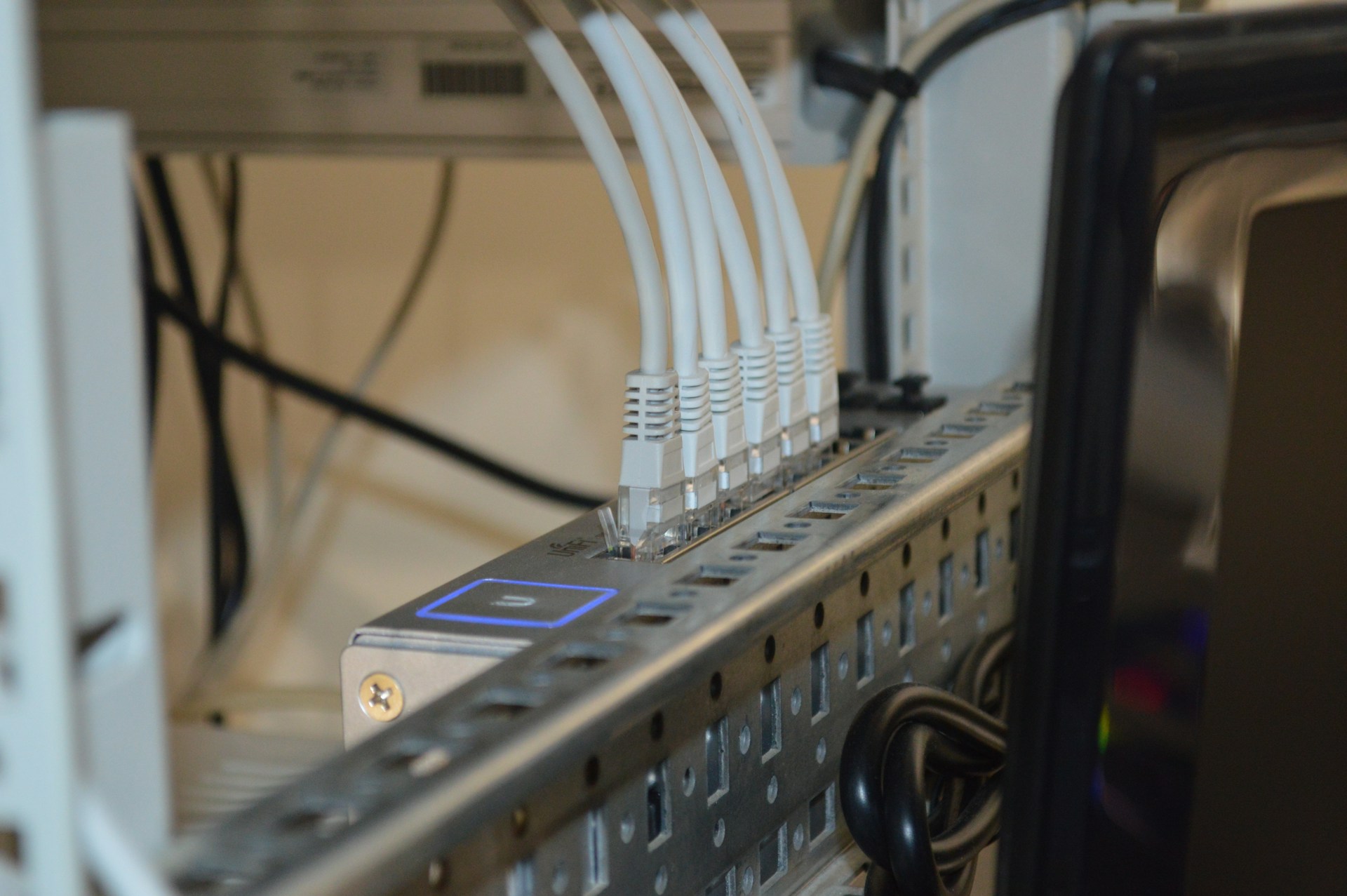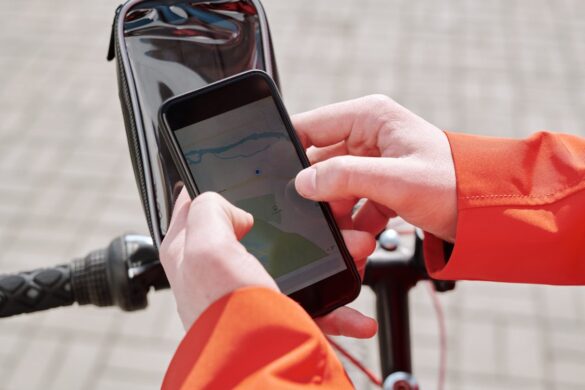 The process of choosing the right internet provider for your small business can be pretty intimidating. There are many options and technical terminology involved, so it can be challenging to decide. This guide will streamline the process, letting businesses make better choices that comply with the law.
The process of choosing the right internet provider for your small business can be pretty intimidating. There are many options and technical terminology involved, so it can be challenging to decide. This guide will streamline the process, letting businesses make better choices that comply with the law.
Understanding Business Needs
The foundation of choosing the right internet provider for small businesses is identifying specific needs. These include the ability to deliver fast and safely, as well as support services. Reliability is fundamental for smaller companies that rely on daily usage. Identifying such needs allows service seekers to filter out potential providers.
Evaluating Speed Requirements
Now, the speed requirement is different from one business to another. Those who do videoconferencing or transfer too much data, for example, need more speed. Determine the bandwidth needed based on existing operations. This ensures that the chosen provider can meet the demand without interruptions.
Exploring Reliability and Uptime
Reliability is crucial for a small business. Frequent outages hamper the process and can result in revenue loss. Investigate providers’ uptime guarantees. Most provide Service Level Agreements (SLAs) guaranteeing a certain percentage of uptime. Going through these agreements guarantees businesses choose an authentically reliable provider.
Analyzing Support Services
When problems occur, it is important to provide technical support. Having a good idea of the degree of support provided by providers can reduce downtime. Find businesses that provide 24/7 service through various contact methods. This guarantees that help can be accessed at any time.
Assessing Security Measures
Security is still among the top concerns of small businesses. The providers must provide sensitive data security features. Choose ones that have security features such as encryption, firewalls, and a secure data center. Opting for a highly secure provider ensures that the business’s information is safe.
Reviewing Costs and Contracts
Cost is a significant factor in some decision-making. The pricing structure is not always visible, and sometimes, even a small amount can cause hidden fees or long commitments, so comparing among providers is more helpful to get what you want. You should understand the contract terms, including cancellation policies. This process brings transparency and avoids unwanted surprises.
Legal Compliance and Regulations
Compliance with the law must be guaranteed. Providers are also subject to industry regulations and data protection legislation. Checking on their compliance status protects businesses from future legal troubles. Such diligence helps operations stay on the right side of the law.
Exploring Customer Reviews and Reputation
One easy way to discover a provider’s reliability and quality of service is to look for customer complaints. Reviews and testimonials provide direct experiences. It makes sense to prioritize companies with trusted reputations, as they are more likely to perform a satisfactory job.
Considering Future Expansion
A business’s internet needs can evolve as it grows. Choosing a provider that provides scalable solutions will accommodate undisturbed transitions in growth stages. This kind of foresight avoids issues with connectivity down the road.
Engaging with Multiple Providers
Getting quotes from multiple providers makes it easier to compare. Asking for quotes and talking in-depth about requirements helps in matching the best fit. This also provides clarity on the decisions available and helps in the choice-making process.
Negotiating Terms and Conditions
Negotiation often yields favorable terms. Providers can also provide discounts or other customized packages based on business needs. Transparency regarding terms and conditions is usually reserved for closed-door confection; open conversations lead to mutually beneficial agreements.
Finalizing the Decision
The last step in decision-making is finalization, which means checking all the factors. Reflecting on the gathered information ensures that the selected provider aligns with the established business objectives. This consideration also ensures you are making a wise investment in connectivity.
Implementing the New Service
Deciding is just one aspect; coordinating to broker new affordances is another. Providers usually walk you through setup and transition processes. It is important that we experience as limited a disruption as possible at this stage so as not to hinder activities.
Monitoring Performance
An ongoing evaluation of provider performance guarantees satisfaction. By monitoring speed, reliability, and customer service, they can detect problems before they explode. This proactive measure ensures top-notch connectivity for business functions.
Conclusion
We should never take the selection of small business internet providers lightly. By recognizing their needs, complying with laws and regulations, and assessing alternatives, businesses can make informed decisions. This holistic approach ensures dependability in connection, a foundation for expansion, and success.



